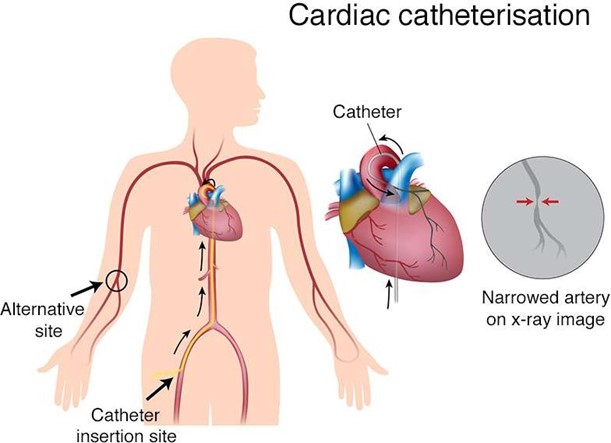A nurse is providing teaching to the parents of a 2-month-old infant who has developmental dysplasia of the hip and has a prescription for a Pavlik harness.
Which of the following statements by the parents indicates an understanding of the teaching?
"We should adjust the straps daily.”
"We will apply lotion to the skin under the straps.”
"We will place the diaper under the straps.”
"We should expect our baby to wear this harness for 2 months.”
The Correct Answer is C
According to UCSF Benioff Children’s Hospital Oakland Orthopaedic Department, you can change your baby’s diaper with the Pavlik harness in place and make sure the straps are kept outside of the diaper.
Choice A is wrong because while your child is being treated in the Pavlik harness, it is very important that you do not remove the harness or adjust the straps, unless you are given specific instructions by your doctor to do so.
Choice B is wrong because there are no instructions to apply lotion to the skin under the straps.
Choice D is wrong because the duration of treatment will be determined by your doctor and may vary.
Nursing Test Bank
Naxlex Comprehensive Predictor Exams
Related Questions
Correct Answer is D
Explanation
Wearing a wide-brimmed hat can help protect a child’s face, neck and ears from the harmful effects of the sun.

Choice A is wrong because while staying under a beach umbrella can provide some protection from the sun, it is not enough on its own.
Choice B is wrong because loose-weave clothing may not provide enough protection from the sun’s rays.
Choice C is wrong because a sunscreen with an SPF of at least 30 is recommended for adequate protection.
Correct Answer is A
Explanation
After an arterial cardiac catheterization, the patient will need to keep their leg straight for several hours following the procedure to prevent bleeding from the catheter insertion site.

Choice B is wrong because droplet isolation precautions are not necessary after an arterial cardiac catheterization.
Choice C is wrong because assisting the child into a supine position may not be necessary and could be uncomfortable for the child.
Choice D is wrong because checking oxygen saturation every 4 hours may not be frequent enough for a child who has undergone an arterial cardiaccatheterization and may require more frequent monitoring of oxygen saturation.
Whether you are a student looking to ace your exams or a practicing nurse seeking to enhance your expertise , our nursing education contents will empower you with the confidence and competence to make a difference in the lives of patients and become a respected leader in the healthcare field.
Visit Naxlex, invest in your future and unlock endless possibilities with our unparalleled nursing education contents today
Report Wrong Answer on the Current Question
Do you disagree with the answer? If yes, what is your expected answer? Explain.
Kindly be descriptive with the issue you are facing.
